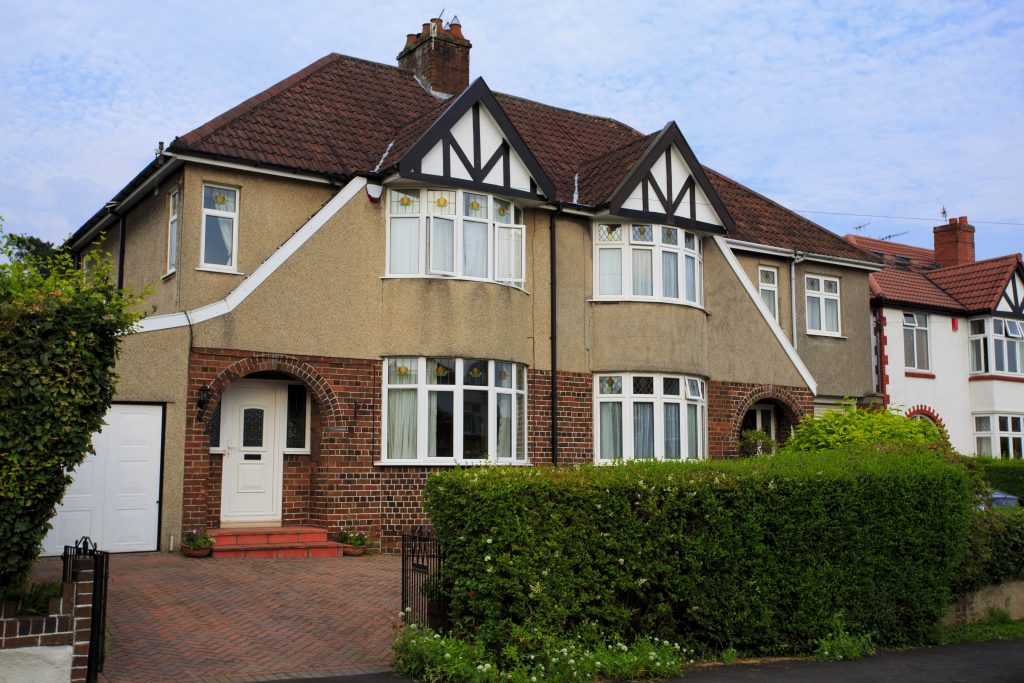How to Value Your Property or Home

Equity Release is a rapidly growing market that continues to grow, independently from the general property market or economic conditions.
In fact, the over 55s own over 60% of UK housing wealth, with over 55% of volume concentrated in London and the South East, South West England, and East Anglia.
But equity release mortgages differ from conventional mortgage lending in that typically no monthly payments are made, and there is no specified term of the mortgage.
The debt is repayable when the borrower dies, moves into long term care, or the property is sold. At this point, the amount repayable will substantially exceed the amount initially borrowed due to the accrual of interest on top of the sum borrowed compounded each year. Most come with a “No Negative Equity” guarantee, so the value of the property must be capable of repaying the loan.
This type of lending, sometimes also known as Lifetime Mortgages, is a rapidly growing area of the mortgage market. Because of the nature of this type of lending, lenders who offer this type of mortgage place greater emphasis on the condition of the property and the longer term maintenance considerations than mainstream mortgage lenders.
A valuation is not a survey
It’s a common misconception that a valuation and a survey are one and the same, conducted with the same level of scrutiny. In essence, an inspection conducted to derive property value is not the same as a comprehensive residential property survey to assess condition.
It’s important for customers to understand the fundamental differences between a property valuation and a survey, what the valuer will and won’t inspect, how long the inspection is likely to take, and the nature of the valuation report.
We frequently receive enquiries from prospective equity release mortgage applicants, keen to understand more about the process.
- What happens when an equity release lender instructs a valuation?
- How soon is an appointment booked, and how much flexibility do you have as the householder?
- Do you need to be at home for the inspection?
- Who will arrive at the property?
- How long does it take to carry out a property inspection?
- What will the valuer look at?
- More importantly, what will the valuer not look at?
- Will they look outside? In the loft space? On the roof?
- Will they look under the carpets?
- Should you tidy up before the valuer arrives?
- How long does an average valuation report take to complete ahead of a decision?
- What, if anything, will you receive following the inspection?
In line with guidance from the Royal Institution of Chartered Surveyors (RICS), our valuers are directed to derive a property’s value by obtaining comparable evidence of sold properties that:
- are within a 1-mile radius of the subject property
- have SOLD within the last 6 months
- are of a similar size and property type to the subject property.
So, how much is your property worth?
If your property has not been sold or marketed for some years, you’re unlikely to have an accurate idea of its market value.
A range of tools and sources are available to aid market valuation. Zoopla house prices tool at https://www.zoopla.co.uk/house-prices/ , together with Rightmove and On the Market, will show you sold prices and the date of sale to help you to ascertain an appropriate estimated value.
But it’s important to remember these are marketing prices, and that properties rarely sell for the price at which it is marketed.
To estimate value, you should use the most recent comparable evidence available for properties as close in size and style to ascertain an appropriate estimate of value.



